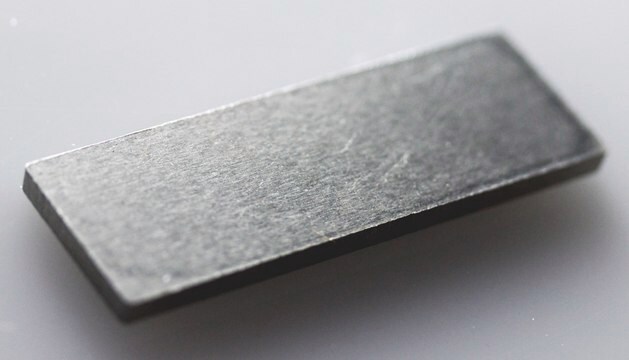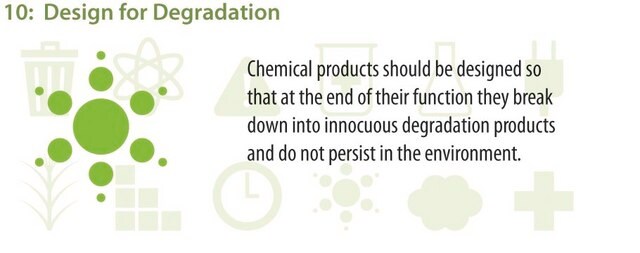767506
Titanium
sputtering target, diam. × thickness 2.00 in. × 0.25 in., 99.995% trace metals basis
About This Item
Recommended Products
Assay
99.995% trace metals basis
form
solid
autoignition temp.
860 °F
reaction suitability
core: titanium
resistivity
42.0 μΩ-cm, 20°C
diam. × thickness
2.00 in. × 0.25 in.
bp
3287 °C (lit.)
mp
1660 °C (lit.)
density
4.5 g/mL at 25 °C (lit.)
SMILES string
[Ti]
InChI
1S/Ti
InChI key
RTAQQCXQSZGOHL-UHFFFAOYSA-N
Application
Storage Class Code
11 - Combustible Solids
WGK
nwg
Flash Point(F)
Not applicable
Flash Point(C)
Not applicable
Choose from one of the most recent versions:
Already Own This Product?
Find documentation for the products that you have recently purchased in the Document Library.
Articles
Nanocomposite Coatings with Tunable Properties Prepared by Atomic Layer Deposition
Spin-based electronic (spintronic) devices offer significant improvement to the limits of conventional charge-based memory and logic devices which suffer from high power usage, leakage current, performance saturation, and device complexity.
The properties of many devices are limited by the intrinsic properties of the materials that compose them.
Our team of scientists has experience in all areas of research including Life Science, Material Science, Chemical Synthesis, Chromatography, Analytical and many others.
Contact Technical Service



